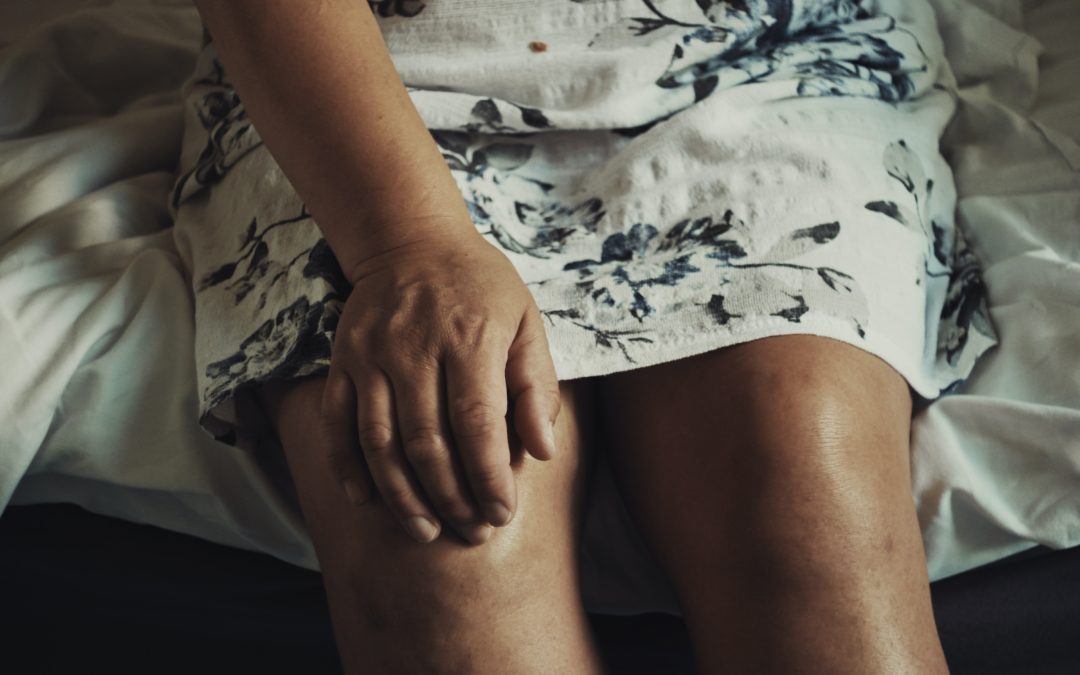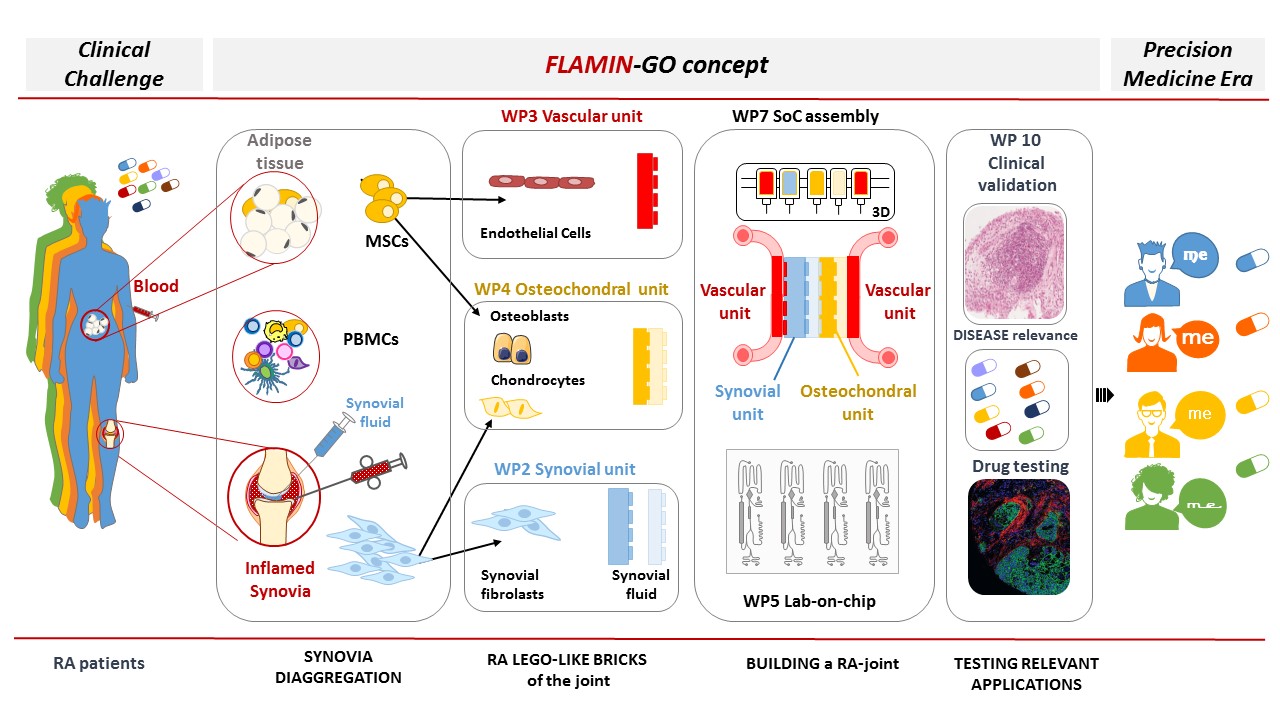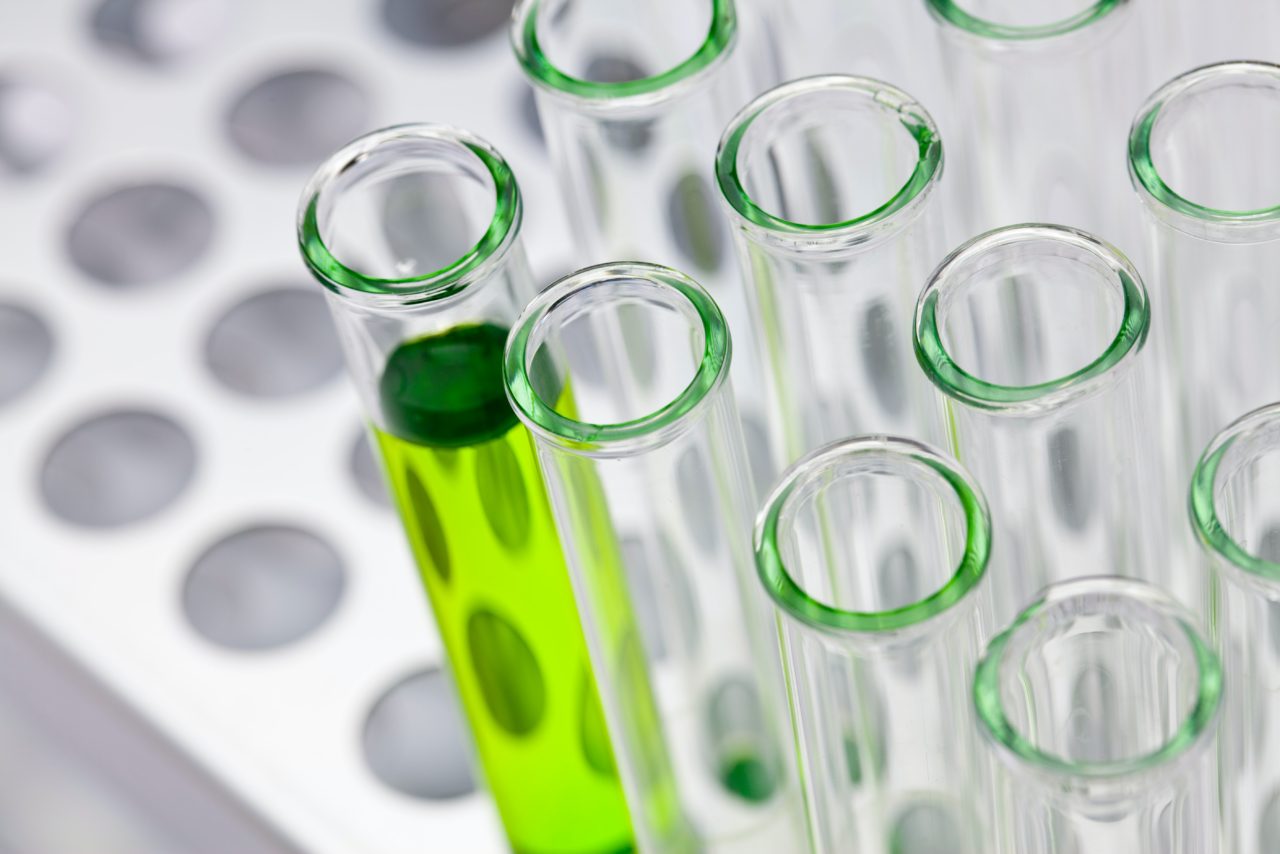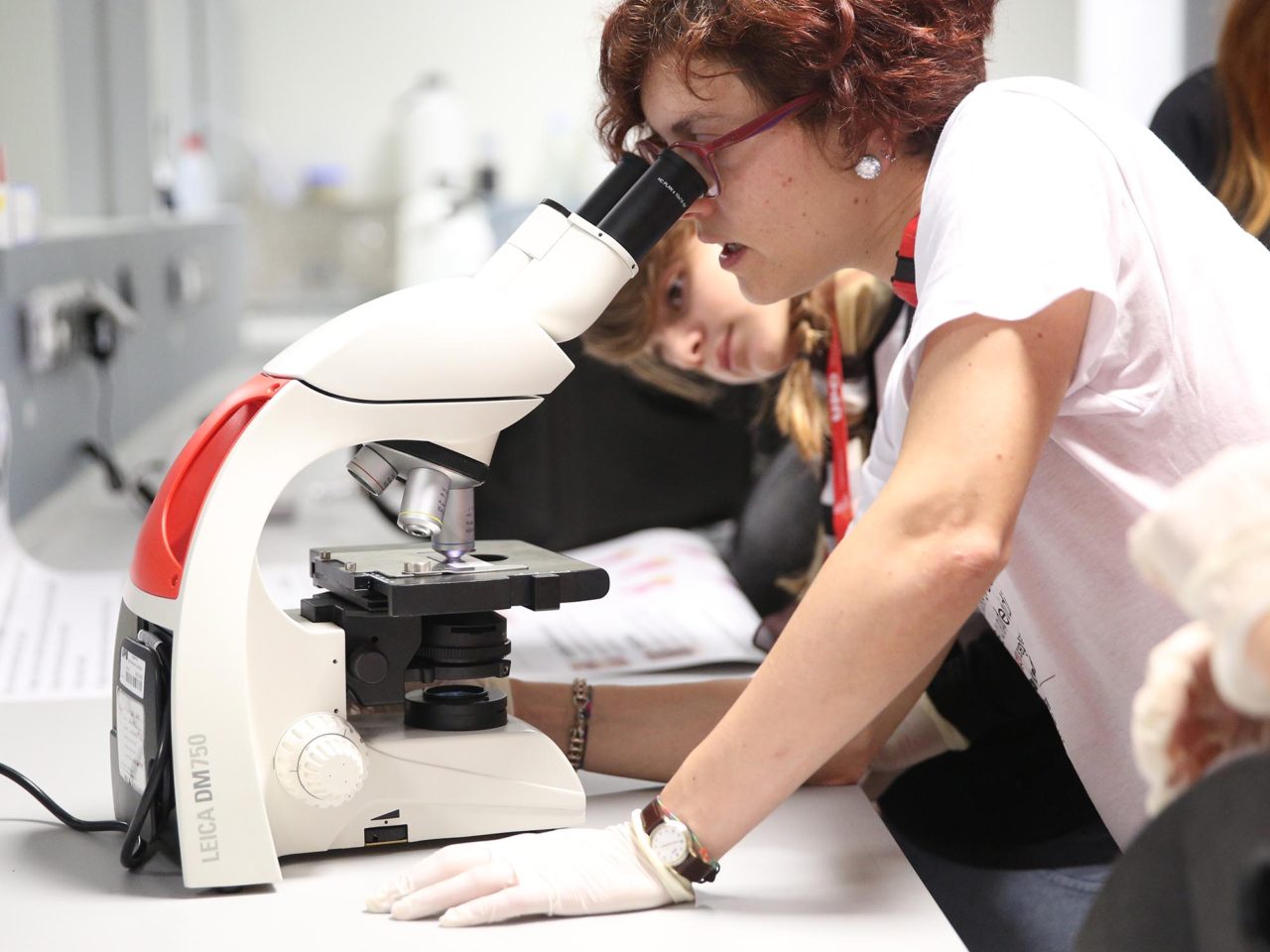The FLAMIN-GO project is coordinated by Annalisa Chiocchetti, together with Lia Rimondini, Pier Paolo Sainaghi, Federico Grassi, Giuseppe Cappellano, Andrea Cochis and Mattia Bellan.
FLAMIN-GO (meaning “inflammation-is-leaving”), leaded by the School of Medicine’s team, aims at developing a customized joint-on-chip for personalized treatment of rheumatoid arthritis patients.
Briefly, each patient will provide its own tissues for the 3D bioprinting an its “own“ joint. The joint-on-chip consists of three units: a synovial unit (which is the tissue primarily affected by the disease), an osteochondral unit (made of cartilage and bone that are the tissues in the joint that are irreversibly damaged leading to joint deformity), and vessels into which, in addition to nutrients and soluble mediators, the immune cells, responsible for the damage, will circulate.
The joint-on-chip can then be used both to investigate the molecular basis of each patient’s disease with omic techniques, that are the prerogative of the CAAD (Center for Translational Research on Autoimmune and Allergic Diseases), and to identify the most effective drug for each patient, according to the principles of personalized medicine.
Indeed, an important unmet clinical need of rheumatoid arthritis, -states Annalisa Chiocchetti – is the identification of the most effective treatment for each patient. Up to date, there are several drugs approved for rheumatoid arthritis, but they are effective only in subgroups of patients. Thus, patients recycle from one treatment to another, until the right one is found, and this happens often several months or even years from diagnosis.
The joint-on-chip aims at testing simultaneously the portfolio of drugs available on the market, providing to physicians, the right drug for the right patient, within 1-2 months from diagnosis. Once optimized, the joint-on-chip could also be applied to test drugs for other pathological conditions of the joint, such as osteoarthritis, or diseases affecting only one of the joint tissues. Indeed, FLAMIN-GO’s TECHNOLOGICAL APPROACH will be LEGO-like: each ‘brick’, corresponding to one joint micro-tissue (synovial membrane + cartilage/bone + vessels), will be developed and validated independently, but will easily be interlocked with the others to build a complete joint-on chip.
The project is based-on and will sustain two founding realities at CAAD, on the one hand the rheumatology clinical unit (for the collection of biopsy specimens and clinical data) and on the other, the biobank (for sample storage). In addition, the CAAD will be permanently equipped with two large and cutting-edge instruments (with a market value of 1.4 million euros), which are essential to implement the research, but will be available to everyone at UPO. FLAMIN-GO also plans the foundation of a start-up, incubated at CAAD, for the construction and marketing of the joint-on-chip. In a simplified and non-customized version, it could be of interest for the Big Pharma, in order to quickly test safety and efficacy of new drugs, with a complex model closer to reality, compared to canonical 2D cultures or use of animal models.





